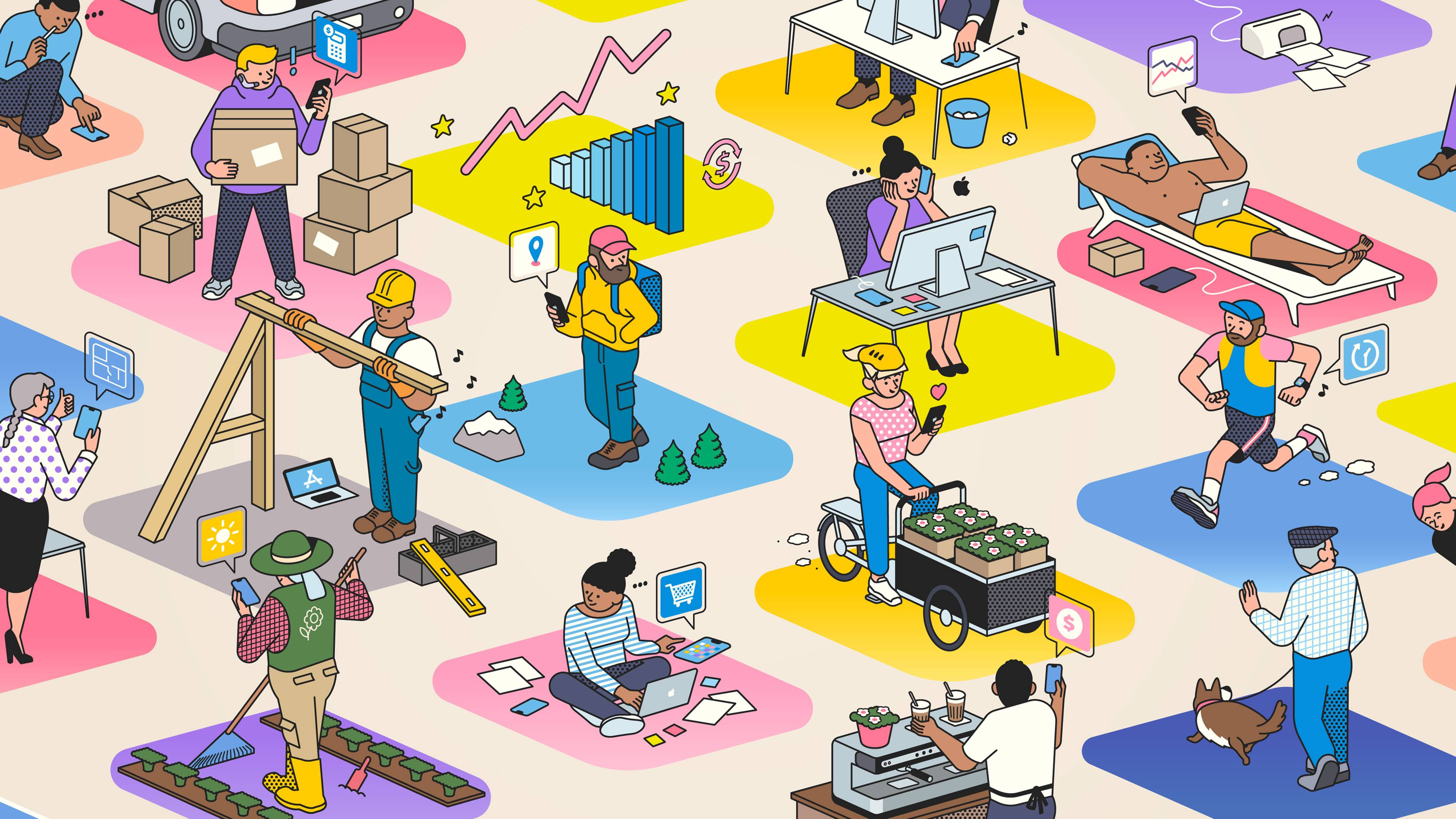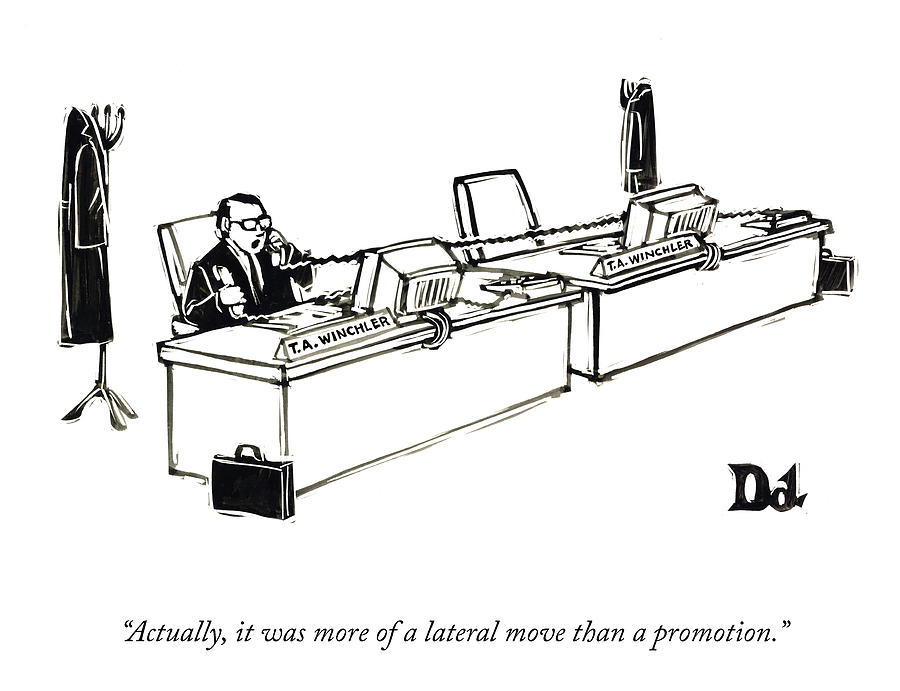
The world is facing multiple challenges. Low pay is one of the challenges. These people, whether they're delivery drivers or warehouse workers, are rarely rewarded for what they do and often don’t get enough money. Another issue is the environment's decline, which leads to more severe weather conditions and loss biodiversity that can threaten human health as well as food supplies.
Key disruptions have a significant impact on the employment patterns, skills sets, and employment levels.
A recent World Economic Forum report titled The Future of Jobs outlines a range of key disruptions that are likely to affect employment levels, skill sets and recruitment patterns. The report projects that disruptive effects will impact more than five millions jobs in the world by 2025. The majority of these jobs will be lost in routine manufacturing, back office functions, administrative and compute roles. On the other hand, the future is expected to bring millions of new jobs in fields such as data analytics and math.
Companies must anticipate potential changes and be ready for them as the job market evolves quickly. This means identifying and preparing for key talent pools and employee groups that will propel the business forward.
Impact of low pay and conditions of work on jobs
Low pay and conditions of work affect a large number of occupations, and affect people from all demographics. Specifically, low-paid occupations affect women, people with low education levels, and individuals with disabilities. These workers tend to be in unskilled or part-time jobs.

Low wages can be due to a variety factors such as type of occupation and employee characteristics. These wages are also affected by marital status, age, and education. Low-paid jobs can also be inefficient and produce low productivity.
Automation has a significant impact
Many people are worried about the impact of automation on jobs. However, some are more optimistic. Nearly seventy per cent of workers believe that automation can lead to higher-skilled jobs. At the same time, nearly a third are concerned that their current jobs may be the ones most at risk from automation. Experts predict that the future employment depends on the skills and abilities of human workers.
One study suggests that automation will eventually eliminate around 30% of jobs globally by 2030. Although some workers may be out of work, most will get a raise in their compensation. In the early stages, humans were more inclined to perform assembly-line jobs. But robots can now do complex tasks and move heavy goods through factories. Experts are of the opinion that automation will create more job opportunities than it takes away.
Impact of robotics
There have been many stories in the media about robots' impact on jobs. Most of these stories focus on the impact of automation on middle-skill occupations, which are easier to automate than high-skill occupations. I will be discussing how industrial robots have impacted occupations in America between 2010-2015.
Research shows that robots' effects on the employment market are mixed. Robots can negatively impact employment and wages, even though technology can increase productivity and create new jobs. The effects of automation on the employment and wage markets are not yet understood.

Impact of artificial Intelligence
Stanford Institute for Human-Centered Artificial Intelligence (STAN) has conducted a study on the effects of AI on employment and welfare. The institute examined the relationship between AI-related jobs, economic growth, and other factors. According to the researchers, AI jobs increased as the economy grew. The demand for AI-related jobs was also very different across cities and industries. The researchers wanted to explore the effects of AI without the usual variables.
AI is expected have a major impact on world job opportunities. While the impact will vary across different countries and occupational sectors, it is expected to be more widespread in major metropolitan areas than smaller, rural communities. According to the World Economic Forum, AI is likely to create 97 million new jobs by 2025.